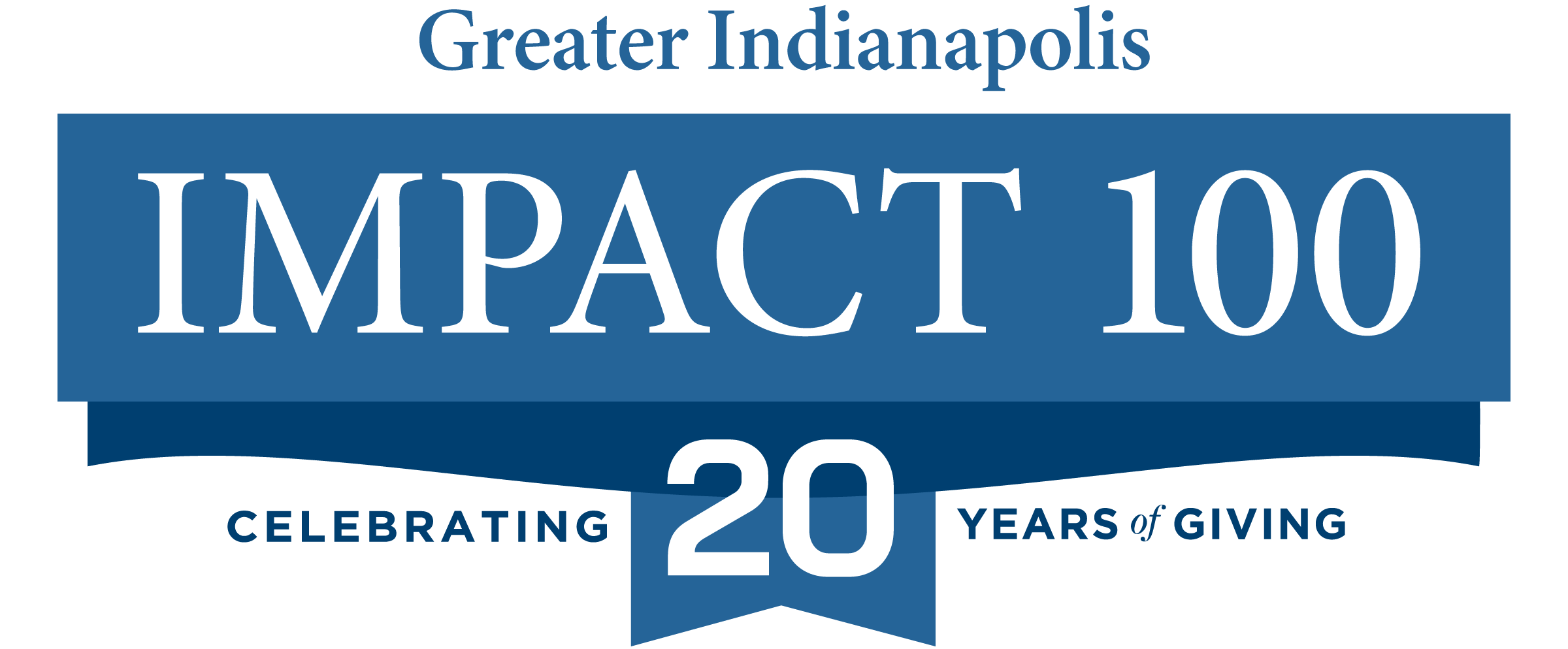Charitable Donations and 2025 Tax Changes
source: https://www.dafgiving360.org/tax-law-changes
The One Big Beautiful Bill Act (OBBBA) alters the federal tax rules related to claiming a tax deduction for charitable donations. By extending key provisions from the 2017 Tax Cuts and Jobs Act, the OBBBA also brings more certainty to your short-term giving strategies.
Whether you give regularly or make large one-time gifts, understanding these new rules will help you maximize your philanthropic impact and potentially reduce your tax burden. Here’s a look at eight changes and what they mean for your giving—now and down the road.
Please Note:
- Everyone who makes regular nonprofit donations should investigate these changes. The law has implications both for donors itemizing deductions and for those taking the standard deduction.
- Some of the new provisions impact the 2025 tax year and could change your year-end giving decisions.
Changes coming out of the OBBBA
1. New limit on charitable deduction value%
Starting in 2026, taxpayers in the 37% federal income tax bracket will see the value of their charitable deduction benefits capped at 35%.
- Impact: If you’re in the highest tax bracket and you itemize deductions, your donations will still count in full, but your tax break will be a bit smaller. For example, a $10,000 gift that currently generates a $3,700 tax savings would be limited to $3,500 under the new cap.
- Consider: Giving your planned 2026 donations now to lock in the full 37% deduction value before the cap takes effect. You may want to consult with your tax advisor to go over the adjusted gross income (AGI) rules to ensure any unused deduction amount doesn’t roll over to 2026, making it subject to the 35% cap.
2. Higher deduction floor for itemizers
Starting in 2026, itemized charitable deductions will only apply if your total donations exceed 0.5% of your AGI.
- Impact: Smaller donations may no longer reduce your tax bill unless they clear this new threshold. For example, if your AGI is $200,000, only gifts above $1,000 would be deductible.
- Consider: Combining several years’ worth of donations into one tax year to clear the deduction floor. Donating appreciated stock, life insurance policies, and other non-cash assets may help exceed the floor while unlocking additional tax advantages.
3. Universal deduction for non-itemizers
Beginning in 2026, taxpayers who take the standard deduction can also deduct up to $1,000 (single filers) or $2,000 (married couples filing jointly) for cash gifts made directly to qualified operating charities. The deduction excludes Donor-Advised Fund (DAF) contributions, and the cap will adjust with inflation over time.
- What this means for you: If you don’t itemize deductions, this gives you a new way to reduce your tax bill while supporting causes and charities you care about. This change will likely provide tax benefits to a large number of taxpayers who previously donated but did not itemize, since around 90% of households take the standard deduction. While this tax benefit can’t be used with DAFs, it doesn’t lessen the value of DAFs—they remain a powerful tool for strategic, tax-smart giving. Note that a DAF account may also receive future contributions by being named as a beneficiary of assets in other accounts.
- Consider: If you’re charitably inclined, consider contributing the full allowable amount each year to claim the deduction. Also, many employers will match charitable donations up to certain limits, so check with your employer to see if they can add to your gift.
4. Higher standard deduction
For the 2025 tax year, the standard deduction increases to $15,750 (single filers) and $31,500 (married couples filing jointly), with annual inflation adjustments.
- What this means for you: The higher threshold makes it important to evaluate whether your charitable giving combined with other itemized deductions exceeds the standard deduction. This will help you determine if bunching donations within a single year is an effective strategy.
- Consider: Consolidating multiple years of donations into a single year to maximize tax benefits. A bunching strategy helps you take advantage of both itemized and standard deductions.
5. Higher 60% AGI limit
The act allows you to deduct cash gifts to public charities of up to 60% of your AGI.
- What this means for you: This higher limit (up from the historical 50%) gives donors more flexibility to make and fully deduct large cash gifts in a single year. Keep in mind, the 60% limit applies to public charities, including DAFs, while cash donations to private foundations remain capped at 30% of your AGI.
- Consider: If your gifts exceed the annual cap, you can carry forward the unused deduction for up to five tax years.
What you should do next
With the OBBBA in place, now is the time to optimize your giving strategy for year-end 2025 and beyond.
- Review your overall financial plan and see how charitable giving fits into it.
- Talk to your financial and tax advisors about how these changes affect you.

